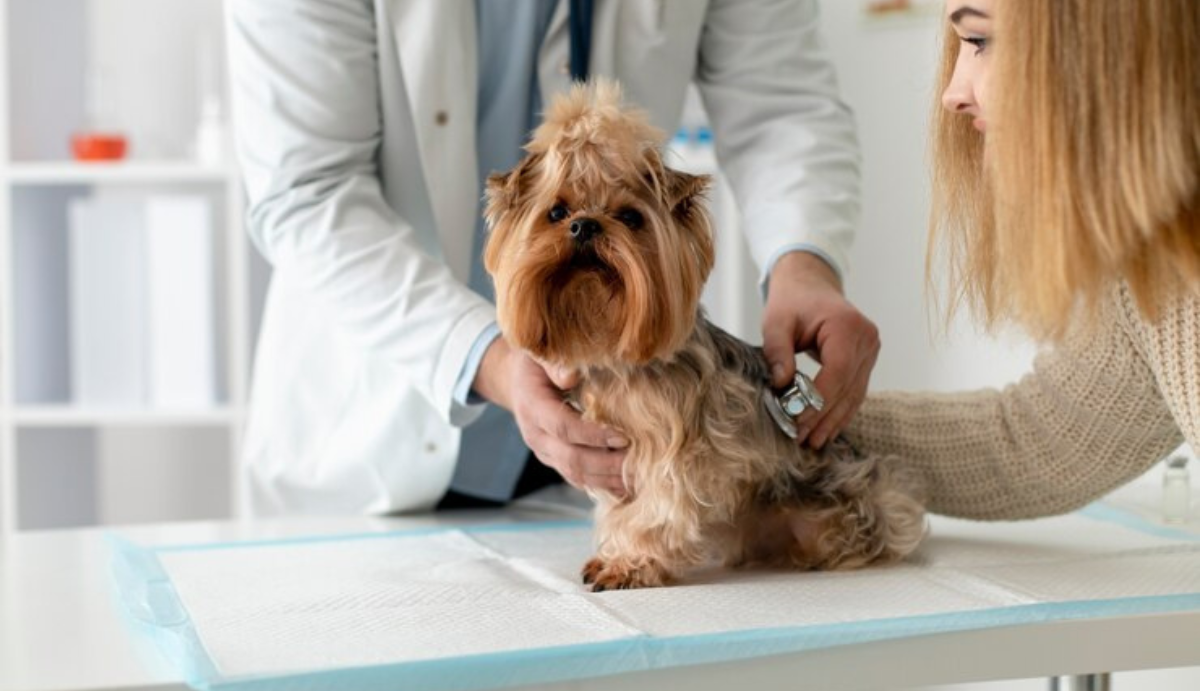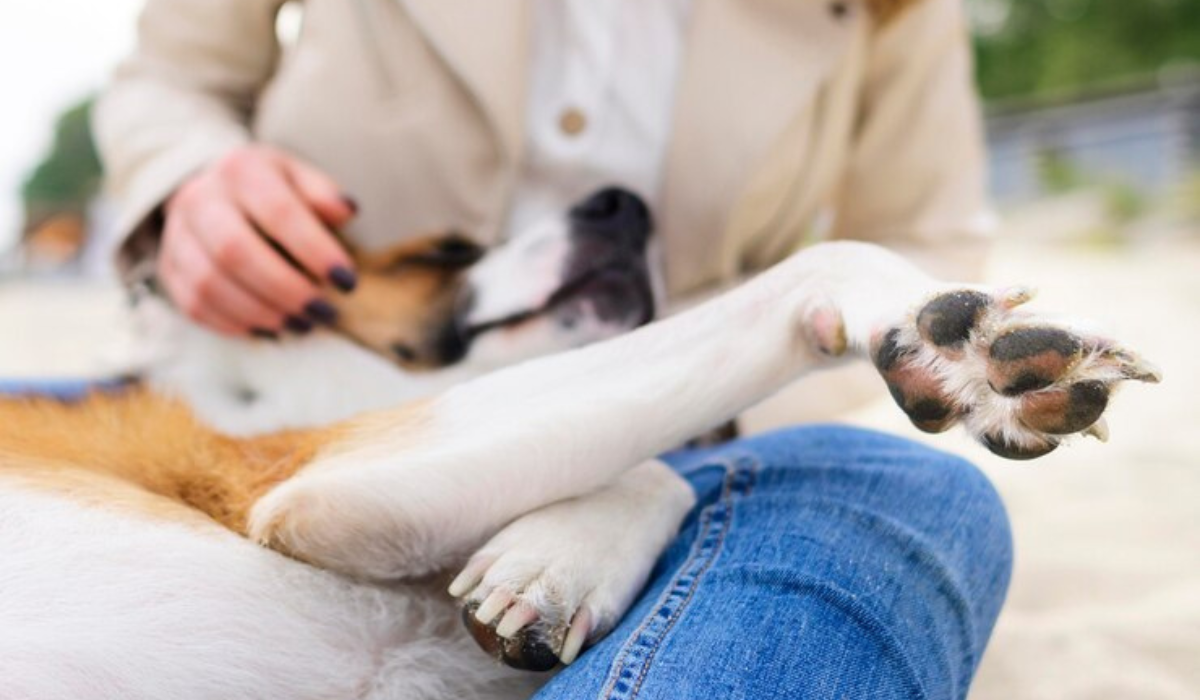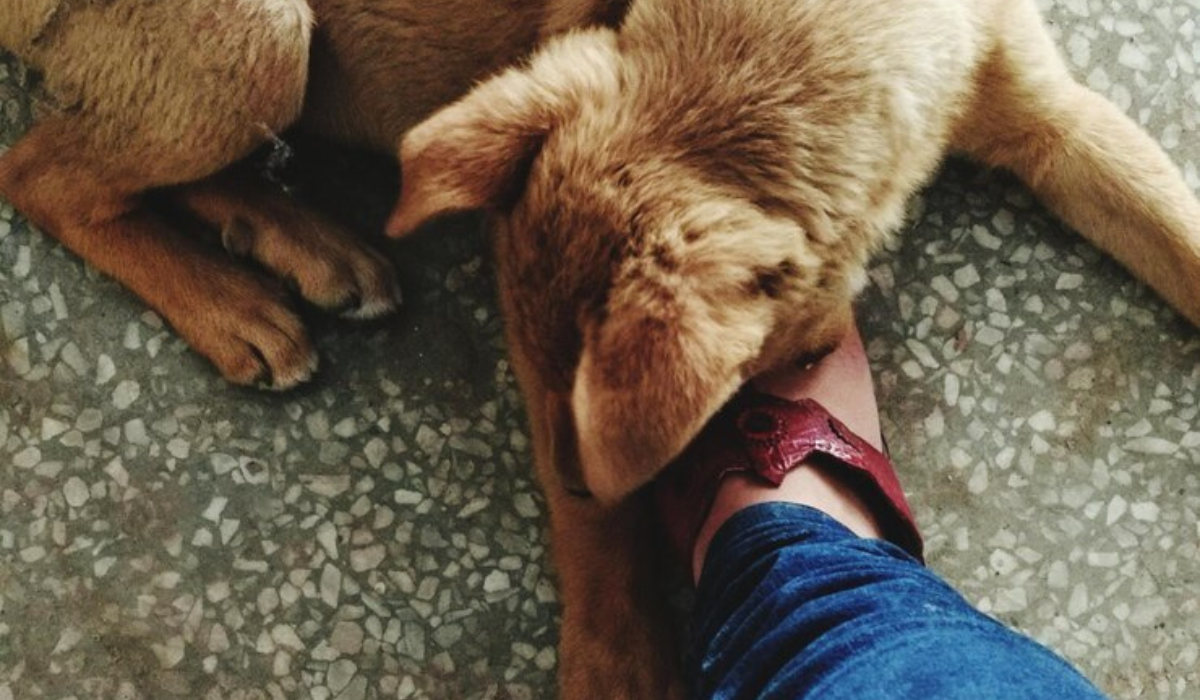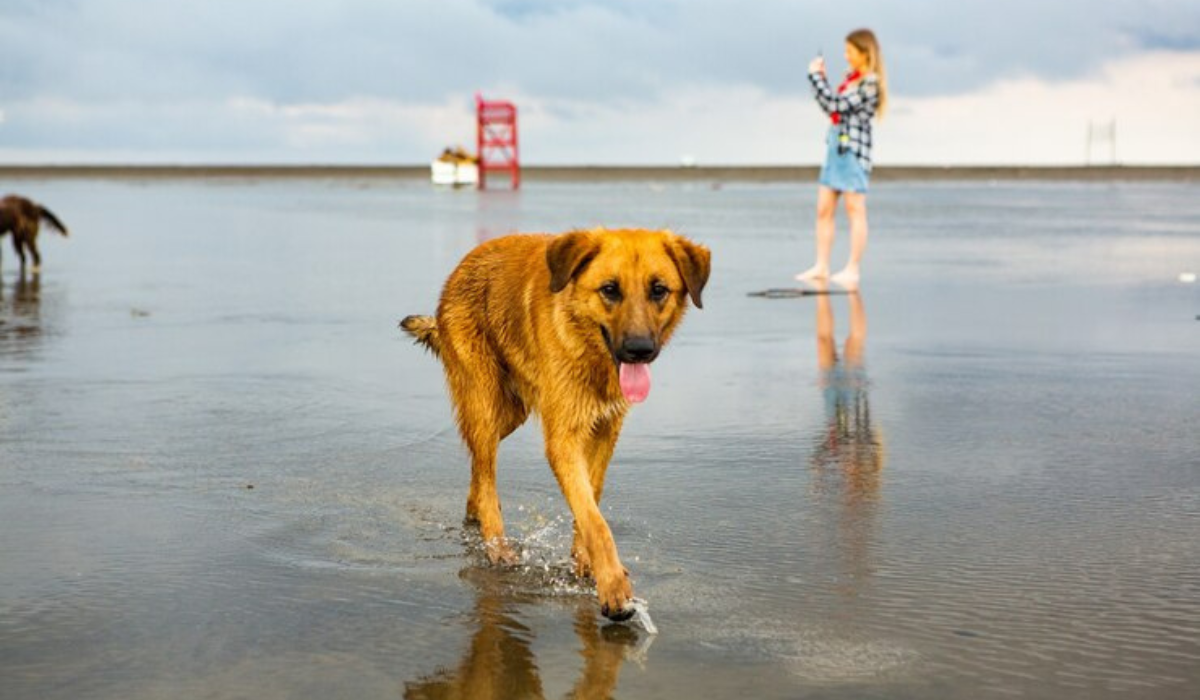Finding a lump in your pet can be an unsettling experience. It often causes immediate worry and concern. Fear of cancer or other health problems may fill your mind. It’s important to keep a cool head and get professional advice as soon as possible. This article is intended to help pet owners understand, identify, and treat lumps on their dogs.
Lump Description:
If you find a lump in your dog’s body, it is important to identify the lump. Size, shape, texture and color are all important factors to consider. Location, depth and rate of growth is also important. The lumps can appear on the surface of the skin or below it. They may also be movable or attached.
There are two types of lumps:
It is important to understand the different types of lumps in order to make a thorough assessment. Lipomas, mast cells, malignant melanomas and mammary tumors are examples. Skin cancer is a wide category of tumors that affect dogs. The skin is the most common location.
Concerns based on age:
Certain lumps are more common in certain age groups. Histiocytomas, for example, are more prevalent in younger dogs while mast cell tumours and lipomas tend to be found in older dogs.
What to do if you find a lump:
Consult a veterinarian immediately upon finding a lump for an accurate diagnosis. It is difficult to identify the type of tumour without laboratory testing, so professional advice is essential.
Examining and Recommending:
The veterinarian will perform a physical examination to evaluate the lump. Other recommendations could include blood tests, urinalysis (FNA), fine needle aspiration (FNA), biopsies, chest radiographs, and, if needed, mass removal.
Laboratory Testing
Different tests such as FNA and biopsy can help to diagnose lumps. Fluid analysis at a cellular level can provide additional information in cases where fluids are present. The histopathology plays a crucial role in determining the type and severity.
Early detection and intervention:
Early detection is crucial for effective treatment. A timely veterinary consultation will have a positive impact on the outcome. This highlights the importance of regular checks for your dog companion.
Skin cancer in dogs:
Any uncontrolled growth in cells of the skin, or other structures that are associated with it, is considered to be skin cancer. It is most common in dogs aged 6-14 years, but it can occur at any age.
Initial Reactions to Lumps
When a lump is first discovered, it can cause fear and anxiety. Cancer is often the immediate concern. It’s important to know that fewer than half of the lumps found on dogs are cancerous and are easily treatable.
The importance of veterinary consultation
Consult a veterinarian for an accurate diagnosis, as most lumps are similar in appearance or feel. Do not rely on online searches alone, as it is easy to misdiagnose, highlighting the need for professional evaluation.
Early Intervention:
Early detection can help prevent serious complications and discomfort. It is important to seek veterinary attention immediately in order to identify the lump’s nature and determine if treatment is needed.
Common types of lumps:
It is important to understand the different types of lumps in order to make an informed decision. Mast cell tumors are among the most common skin masses. They include histiocytomas and melanomas. Lipomas, abscesses and soft tissue sarcomas are subcutaneous masses that occur below the surface of the skin.
Treatment Options:
Treatment depends on the lump type and its characteristics. In some cases, additional treatments like radiation or chemotherapy may be needed. The chances of a successful outcome are increased if you seek treatment as soon as possible after identifying the condition.
Prognosis:
The prognosis depends on the lump type, size and stage of development. For long-term health, it is important to have regular veterinary checks and monitoring.
Benign Tumors:
It is important to understand the benign tumors in order to have peace of mind. There are many benign tumors that can be found, including histiocytomas (skin tags), lipomas (sebaceous gland tumours), papillomas (skin tags), meibomian tumors and sebaceous tumors.
Malignant Tumors:
Early detection of malignant tumours is important. Angiosarcomas are examples, as well as basal cell cancers, liposarcomas and lymphosarcomas.
Diagnosis & Treatment
Diagnostic methods include veterinary exam, microscopic exam, biopsy and, sometimes, x-rays. Treatment options include monitoring, freezing, laser treatment, surgery, chemotherapy and radiation.
Monitoring:
It is important to keep a detailed record of all lump characteristics. This includes location, any changes, color, texture and discharge. Regular photos help track changes over time.
FAQs:
Answering frequently asked question provides additional insight. The topics include sebaceous cysts, bug bites, lumps on the belly after spaying and the removal of a dog lump.
The Key Takeaways
This comprehensive overview highlights the importance of using a systematic approach to assess and diagnose skin lumps on dogs. The article encourages dog owners to seek veterinary advice immediately, in order to ensure the health of their canine companions. This article emphasizes the importance of early detection, regular veterinary examinations, and intervention for canine health.
A lump on your dog should not be ignored. You can help your pet achieve the best outcome by seeking a prompt consultation with a veterinarian, ensuring an accurate diagnosis and implementing appropriate treatment. Regular monitoring and proactive communications with your veterinarian are essential to the health and happiness of you pet.









